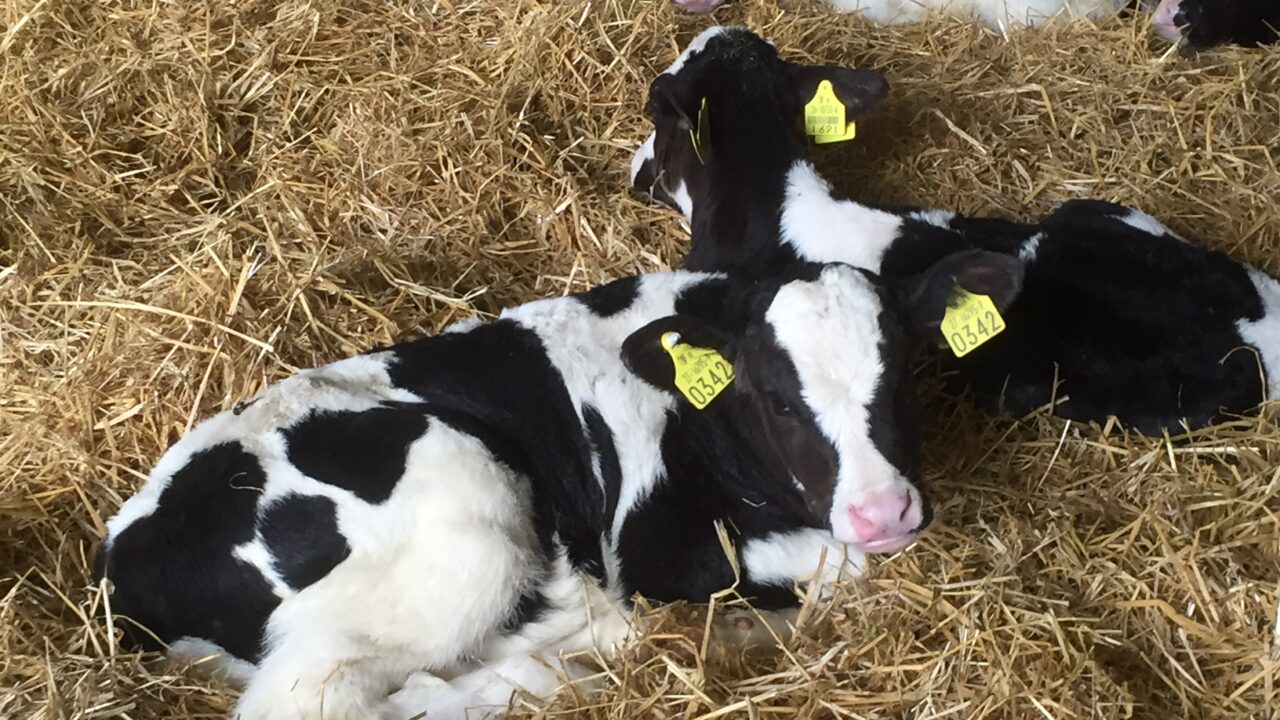At this time of the year with the start of spring-calving approaching it’s a good time for farmers to think about their practices during and after calvings.
Navel infections lead to a large amount of loss that we see in the postmortem room. Some of this loss occurs very soon after birth with calves getting blood infections leading to deaths.
More of it is delayed with navel and liver abscesses developing. Navel abscesses can lead to calves being off colour with the animal requiring veterinary treatment and localised bathing of the navel cord, which is very time consuming at a very busy time.
In some cases the navel abscess bursts and causes an infection in the abdomen (peritonitis), which is extremely difficult to cure.
There are other situations in which animals have liver abscesses which in time can cause their own problems, like penetrating a blood vessel and leaking pus into the blood stream with inevitable death.
More of these calves will develop localised attachments of the intestines to the abdominal wall leading to poor thrive.
The consequences of navel ill can be very hard to deal with so it’s certainly a condition where prevention is better than cure.
Every care and attention should be paid to hygiene and disinfection during and just after calving. A clean dry bed in the calving box is the start followed by spraying/dipping navels immediately after birth.
Ideally 3% solutions of iodine should be used. The use of 10% iodine has been shown to burn the sensitive tissue around the animal’s navel cord.
Alternatively chlorhexidine and alcohol based disinfectants can be used. The next move in the calf’s life is likely to his pen.

Make sure that there is another clean dry bed waiting for him there. Don’t spare the straw. In the meantime improving the calf’s immunity by feeding 3L of first milk within two hours of birth remains a crucial part of disease prevention.
The calving season is a busy period on the farm and the inclination is to let standards drop as the season moves on with a build up of dirt and infection in the pens.
The nice dry well bedded pen that started in January/February has become wet and dirty. Numbers of calves in pens have increased.
The infectious challenge to the calf has gone through the roof. More calves are being lost, there are more sick and poor thriving calves.
If you can reach and maintain these standards you’ll save yourself a lot of money and trouble and your calves a lot of hardship and suffering.
John Fagan is a veterinary research officer in Athlone Regional Veterinary Laboratory (RVL). The RVLs carry out animal health surveillance within the Department of Agriculture, Food and the Marine in association with veterinary practices.
